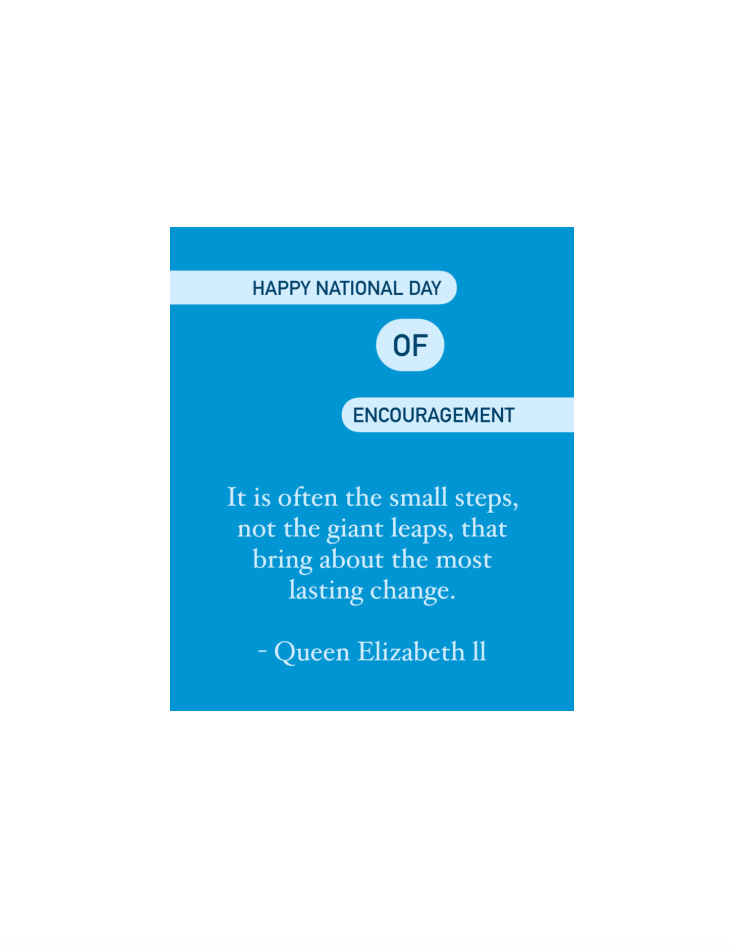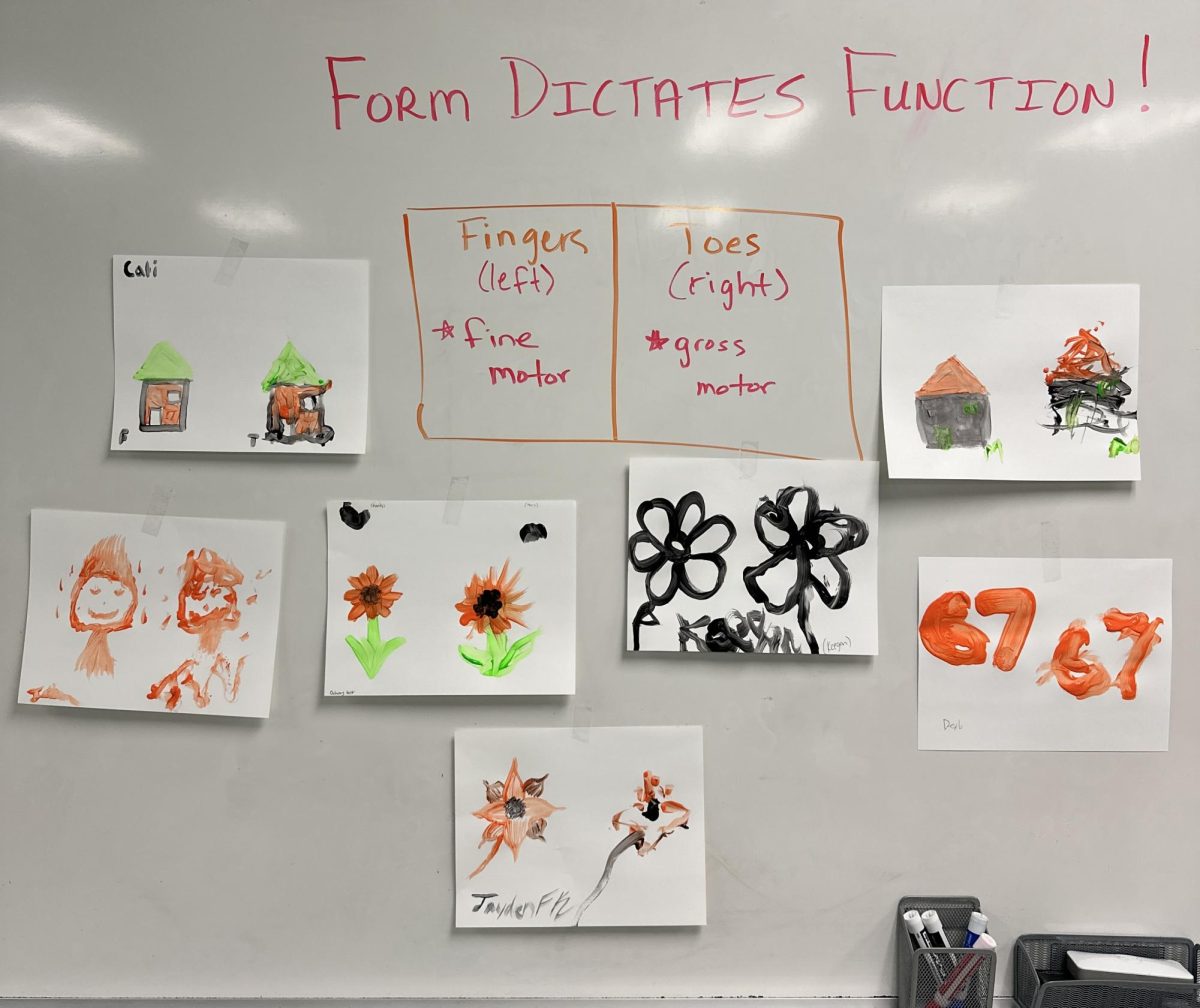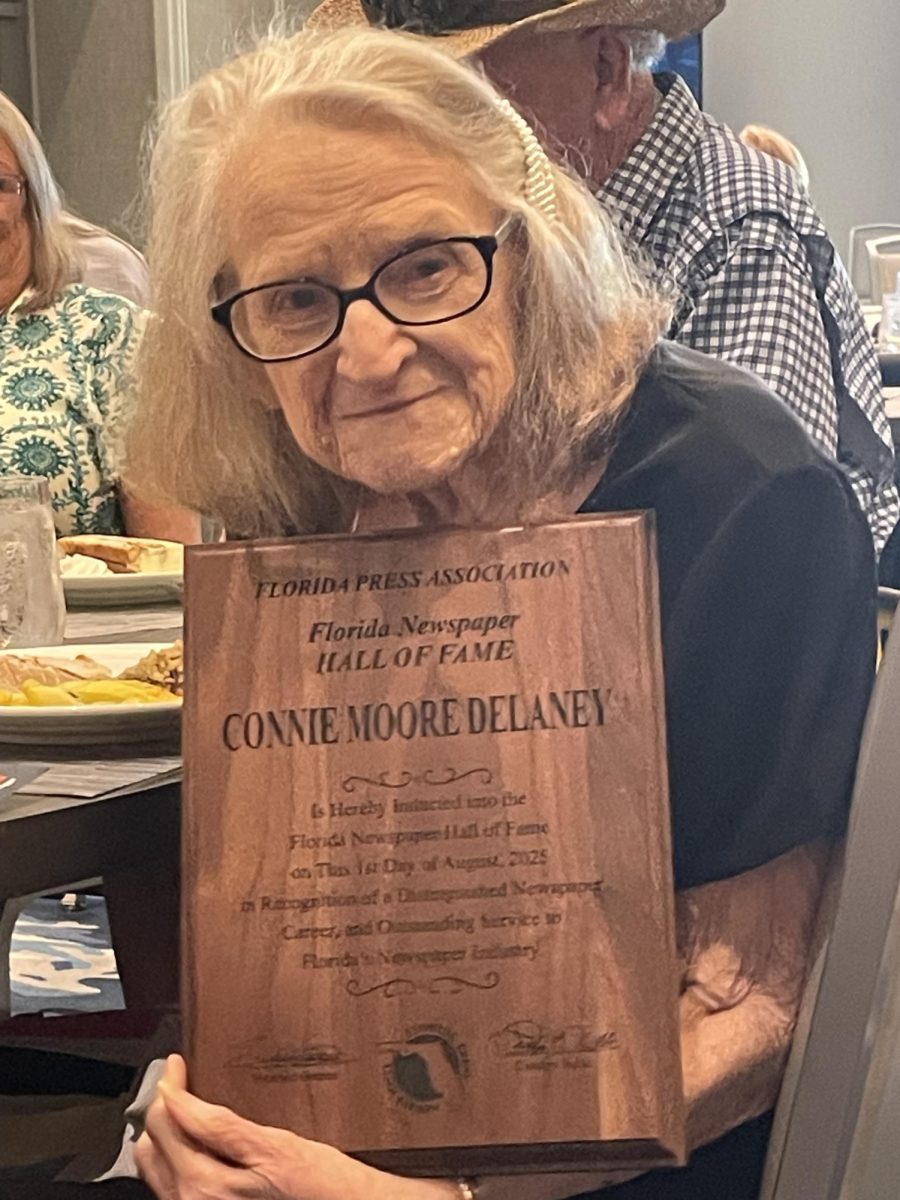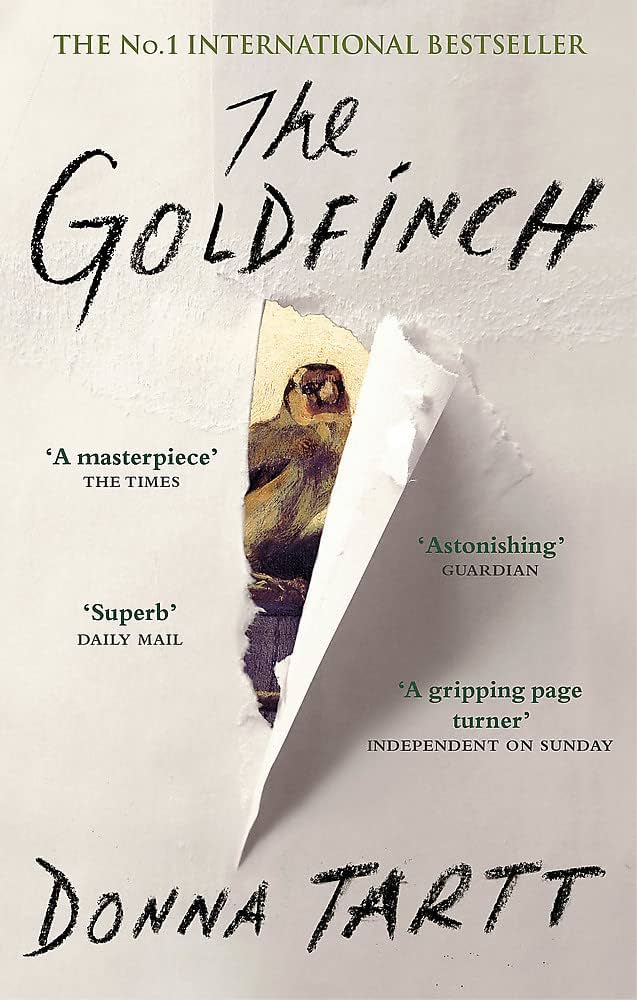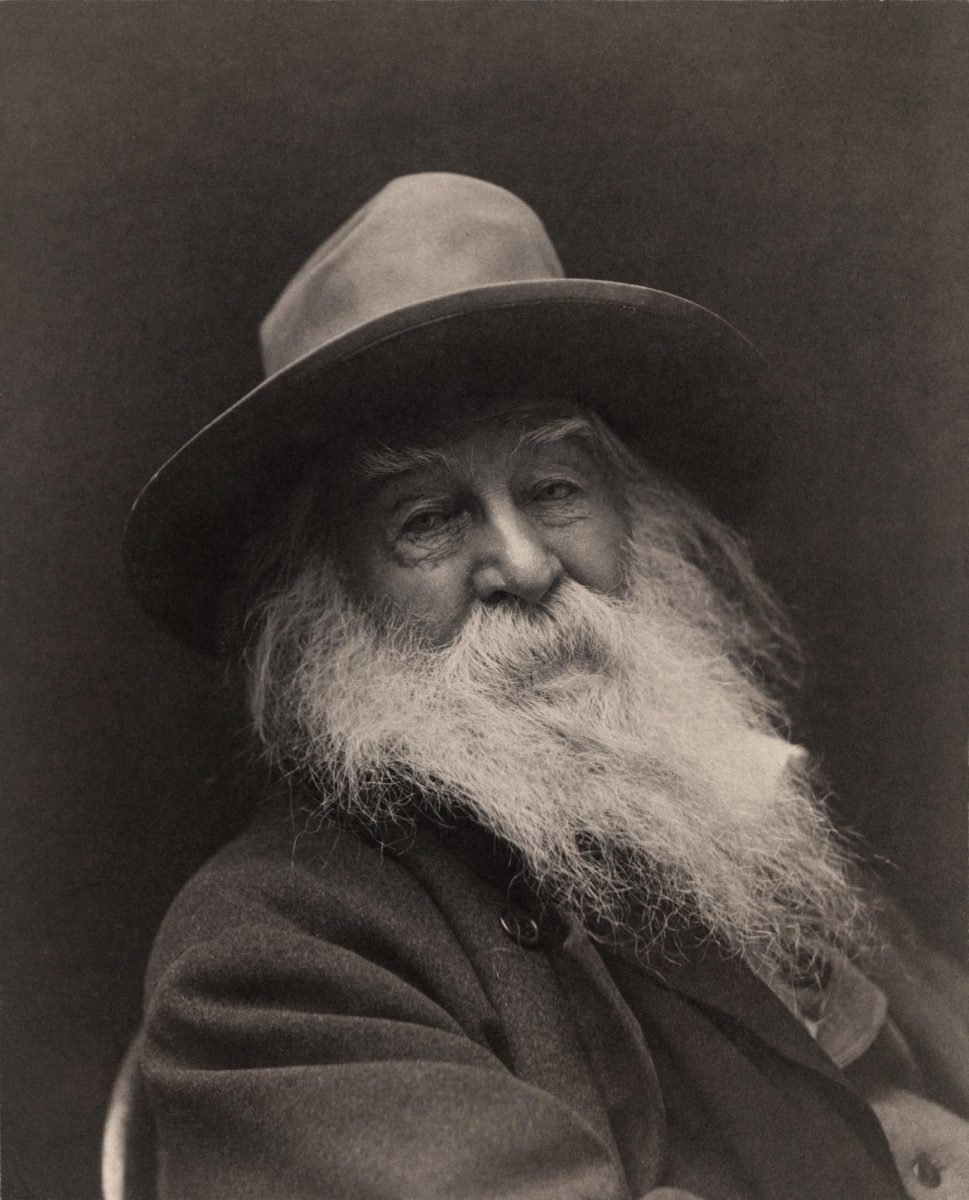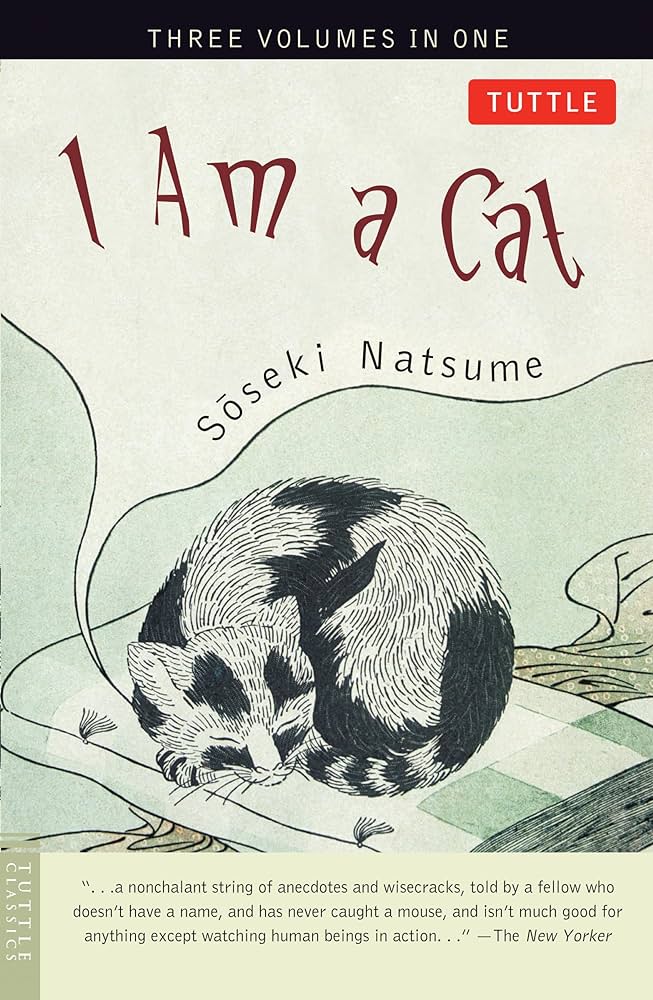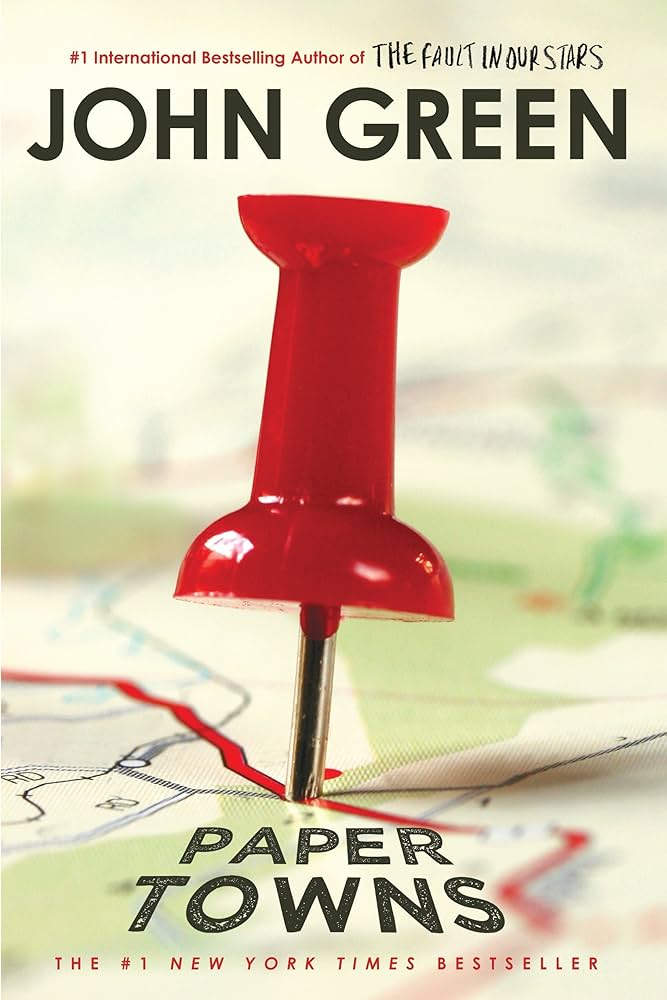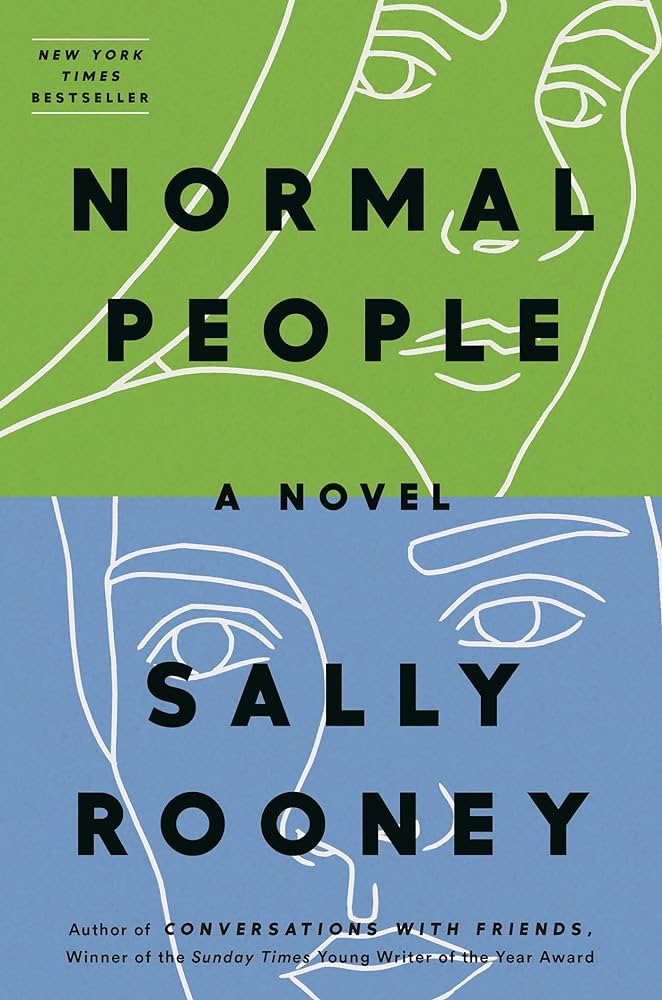I’ve read many books over the years, and most just slip into the background of my distant memory, the title remembered but never the content. However, once in a lifetime, you get a book that never goes unforgotten, a book that engrains itself in the forefront of your mind, unable to untangle yourself from its indelible message. This book for me has been The Goldfinch by Donna Tartt.
Set in New York City, Theo Decker, age thirteen, suffers a tremendous loss when his mother tragically perishes in a terrorist bombing at a museum. Theo, a survivor of the attack, steals a painting left behind in the wreckage, and clings to it as his only reminder of his mom in all the decades that follow. The painting, titled The Goldfinch, drags him to all corners of humanity, including the criminal underworld. Even as an adult, Theo wrestles with his unearthed trauma and the undulating waves of grief, succumbing to vices to distract him from both his ruined life and the life he should have had.
“But sometimes, unexpectedly, grief pounded over me in waves that left me gasping; and when the waves washed back, I found myself looking out over a brackish wreck which was illumined in a light so lucid, so heartsick and empty, that I could hardly remember that the world had ever been anything but dead.”
Above everything else, The Goldfinch is a beautifully poignant expose of the reality of grief. It is not linear, but rather something that haunts us for the rest of our lives as an ebb and flow. Weaving together themes of art, love, loss, and redemption, Donna Tartt masterfully captures the feeling of mourning for a life you never had but could’ve had in another universe.
“A great sorrow, and one that I am only beginning to understand: we don’t get to choose our own hearts. We can’t make ourselves want what’s good for us or what’s good for other people. We don’t get to choose the people we are.”
Sometimes we love the wrong things too much, or worse, we love the right things too little. In Theo’s case, he was infatuated with a stolen painting, an object that he treated more like a lifeline than the people actually in his circle. Tartt’s discovery of art and its ability to transcend heartache serves as a representation of the power of material objects and the lengths we travel to obtain and protect them.
“Caring too much for objects can destroy you. Only—if you care for a thing enough, it takes on a life of its own, doesn’t it? And isn’t the whole point of things—beautiful things—that they connect you to some larger beauty?”
Amidst Theo’s longing for connection and his faltering attempts to create it, he uncovers the very nature of the human condition: our ability to overcome, no matter how futile it seems, and love passionately, despite the world’s cruel tricks and unfair rules. In the end, The Goldfinch is a sprawling narrative that spans continents and decades, yet at its center, it is an intensely intimate portrayal of one man’s struggle to find meaning and purpose in a world rife with pain and uncertainty.
“And in the midst of our dying, as we rise from the organic and sink back ignominiously into the organic, it is a glory and a privilege to love what Death doesn’t touch. For if disaster and oblivion have followed this painting down through time — so too has love. Insofar as it is immortal (and it is) I have a small, bright, immutable part in that immortality. It exists; and it keeps on existing. And I add my own love to the history of people who have loved beautiful things, and looked out for them, and pulled them from the fire, and sought them when they were lost, and tried to preserve them and save them while passing them along literally from hand to hand, singing out brilliantly from the wreck of time to the next generation of lovers, and the next.”





















